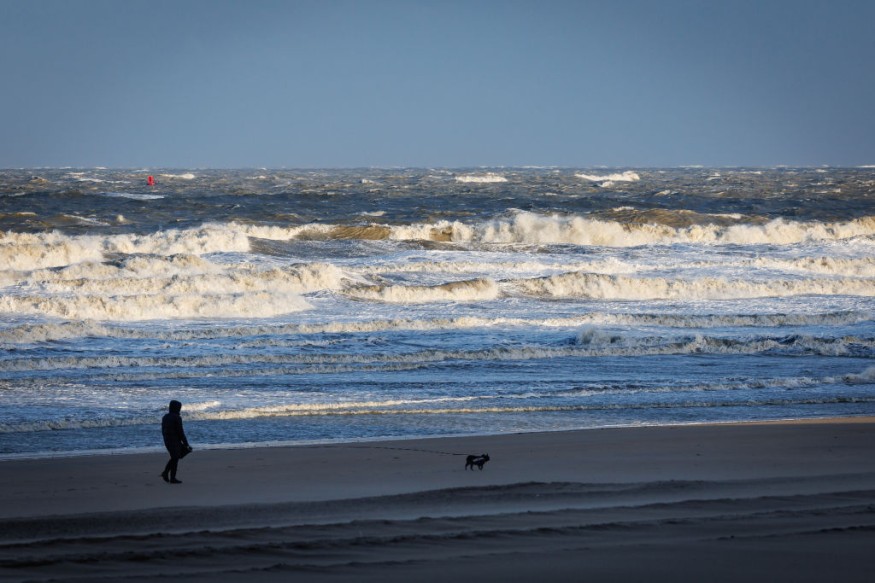Last August 2021 a tsunami rippled around the globe caused by a 7.5 magnitude earthquake near the South Sandwich Islands.
The epicenter was 47 kilometers below the surface and was too deep to cause a tsunami. The length of the rupture was about 400 kilometers, which should have caused a much larger earthquake.
The puzzle of the mystery earthquake
According to a new study, the quake was not a single event, but a series of five subshock over several minutes.
The third subshock was a shallower, slower magnitude 8.2 that struck just 15 km from the surface.
This anomalous "hidden" earthquake probably triggered a global tsunami, as published by Phys.org
This study is being published in the AGU journal Geophysical Research Letters, which publishes short-format, high-impact papers with implications that span the Earth and space sciences.
According to Mirage, Zhe Jia, a Seismologist at the California Institute of Technology, said, "We need to rethink our way to mitigate earthquake-tsunami hazards. To do that, we need to rapidly and accurately characterize the true size of big earthquakes, as well as their physical processes."

As per Phys.org, Judith Hubbard, a geologist at the Earth Observatory of Singapore, said that it is critical on improving their predictions because that type of earthquake can result in an unexpected tsunami.
"This study is a great example of how we can understand how these events work, and how we can detect them faster so we can have more warning in the future," the scientist said.
As the South Sandwich Islands earthquake shows, predicting the risk of a complex earthquake can be difficult.
The USGS initially reported a magnitude 7.5 earthquake but added a magnitude 8.2 earthquake the next day as an unexpected tsunami struck the coastline up to 10,000 km away from the point of origin.
How do these signals become sneaky?
Zhe Jia and his colleagues developed an algorithm to isolate seismic signals during these irregular earthquakes.
By "breaking down" complex seismic signals into simpler forms and using waves over different periods (20 to 500 seconds), algorithms can determine the location and properties of various sub-seismic events.
It is described as like having a person who can hear 5 dissonant notes at the same time, but still has the perfect pitch to identify each note individually, as per Mirage
Jia stated that those complex earthquakes are very seldom likely observed, so they really cannot see inside if they don't use the right datasets.
According to Hubbard via Phys.org, she thinks that a lot of people are being daunted by working on the study and somebody was willing to dig into the data figure if it is really useful.
Both Jia and Hubbard noted that the long-term goal is to modify the detection of such complicated earthquakes, as they will for easy earthquakes.
For the 2021 quake, the tsunami was smaller by the time it reached shores, and most of the permanent residents of the remote, volcanic islands are penguins.
However, complex earthquakes can create greater hazards if they generate larger tsunamis or strike in an exceedingly densely inhabited region, as per Mirage.
© 2025 NatureWorldNews.com All rights reserved. Do not reproduce without permission.





